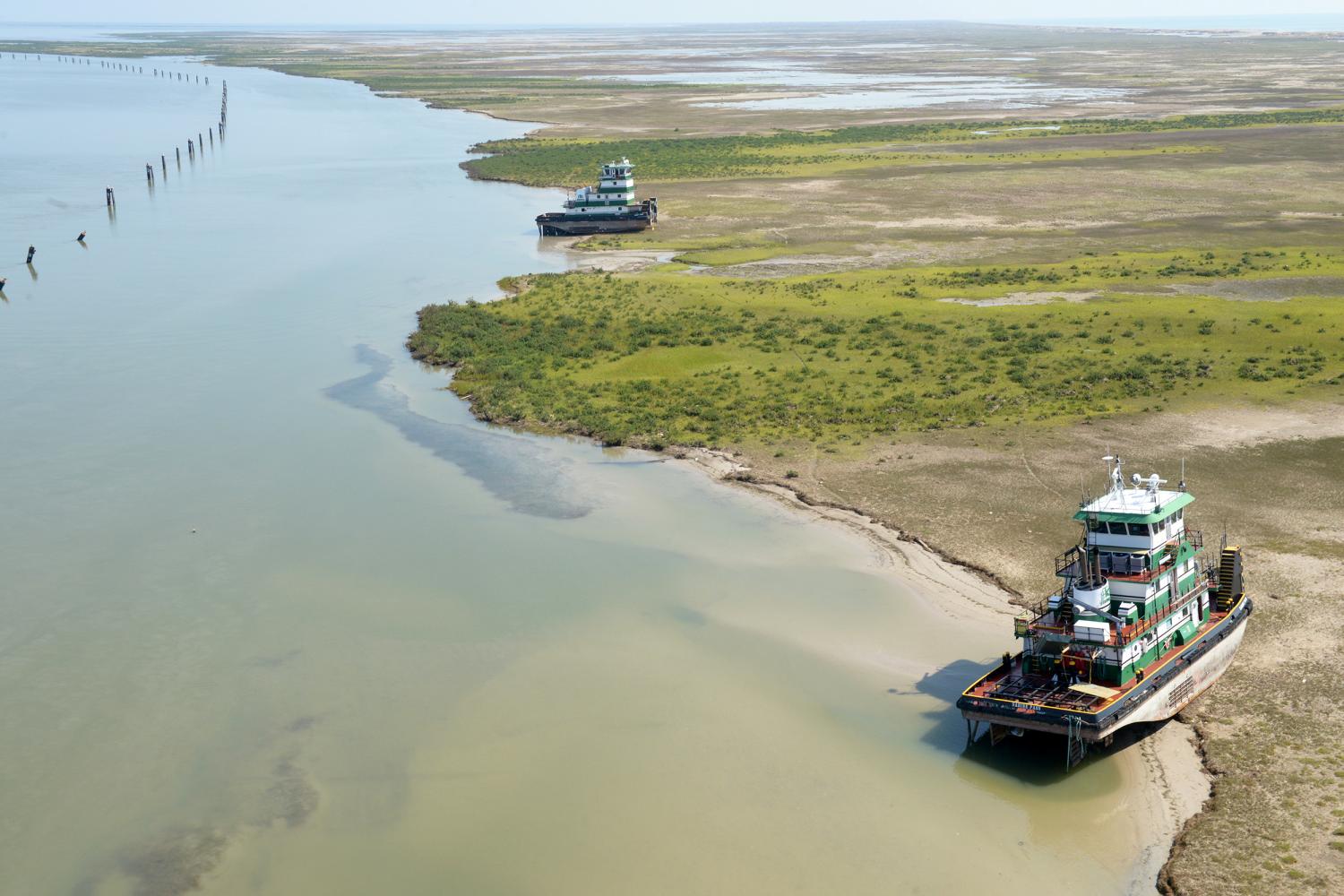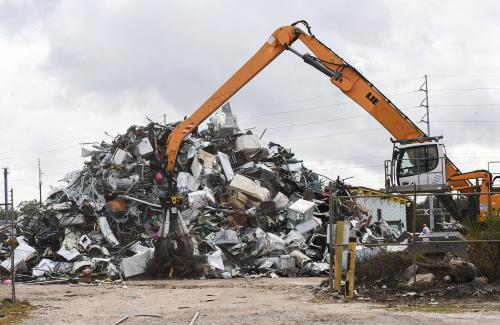Policy responses to climate change can have important implications for monetary policy and vice versa. Different approaches to imposing a price on carbon will impact energy and other prices differently; some would provide stable and predictable price outcomes, and others could be more volatile.
In “Climate change and monetary policy: Dealing with disruption” (PDF), Warwick J. McKibbin, Adele Morris, Peter J. Wilcoxen, and Augustus J. Panton explore the interaction of monetary policy and climate change as they jointly influence macroeconomic outcomes.
The challenge that closely connects climate change and monetary policy is the potential for and response to economic “shocks.” These are abrupt events that increase or decrease the demands for goods and services (demand shocks) or increase or decrease the supply or cost of goods and services (supply shocks).
One can think of the impacts of climatic disruption and ambitious climate policy as supply shocks, some aspects of which would be transitory and some of which would be permanent. For example, extreme weather events and sea level rise can result in damages to crops, flooding of major cities and industrial areas, coastal erosion that destroys property and physical plant, extensive power outages, infrastructure damage, and the dislocation of workers. Spikes in crop prices might be temporary, but sea level rise may permanently destroy productive coastal land.
The authors conclude that there is an important linkage between the climate change and monetary policy regimes and must be considered together to create effective policy.
“Overall the interaction between climate policy and monetary policy suggests that the two be chosen jointly. Considering each regime separately can easily lead to policies that seem fine in isolation but that perform poorly in practice.”
Read the full paper here.








